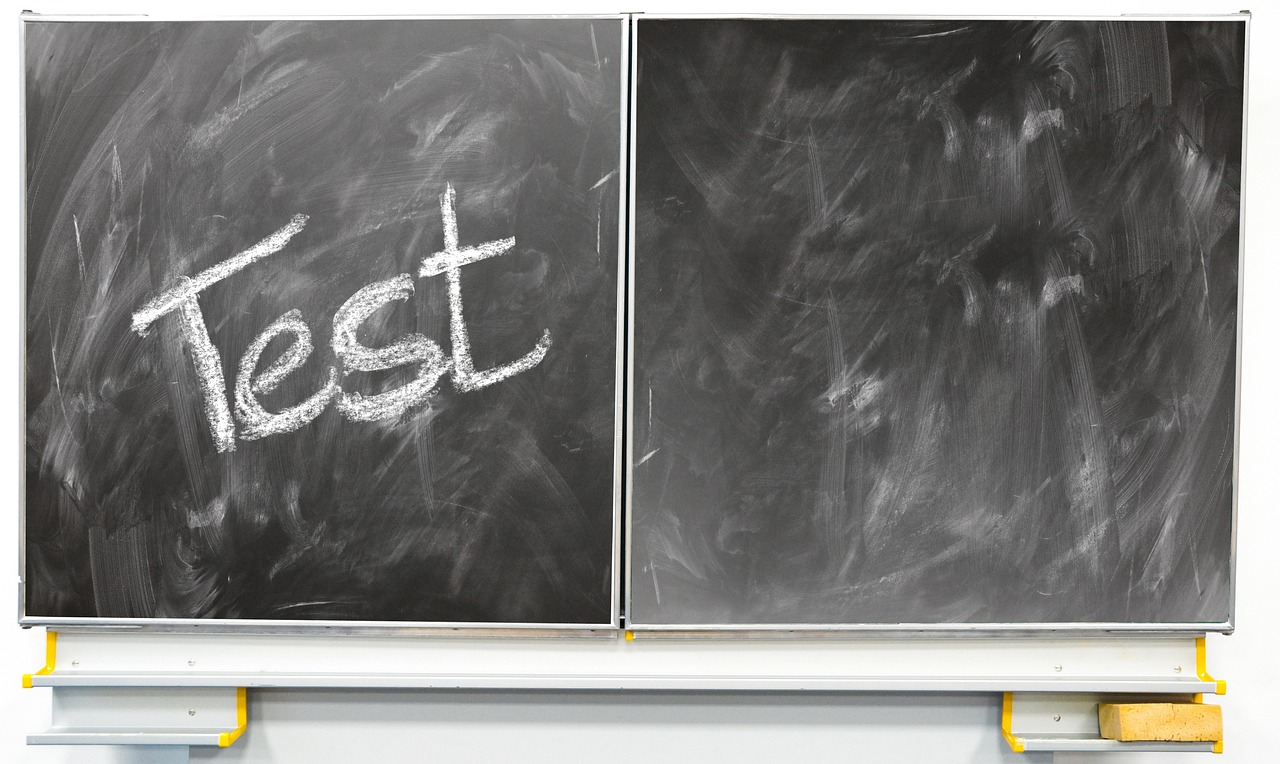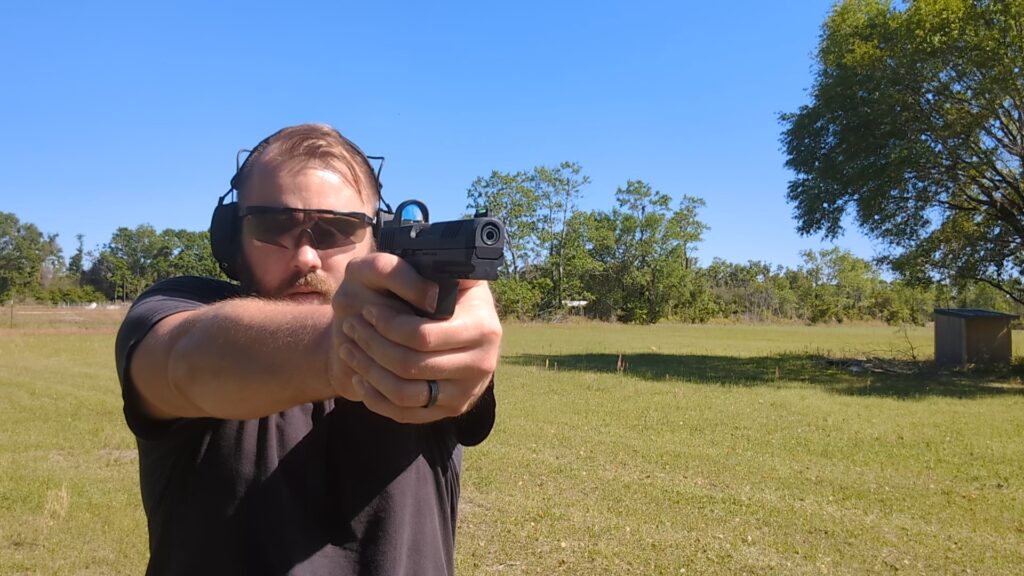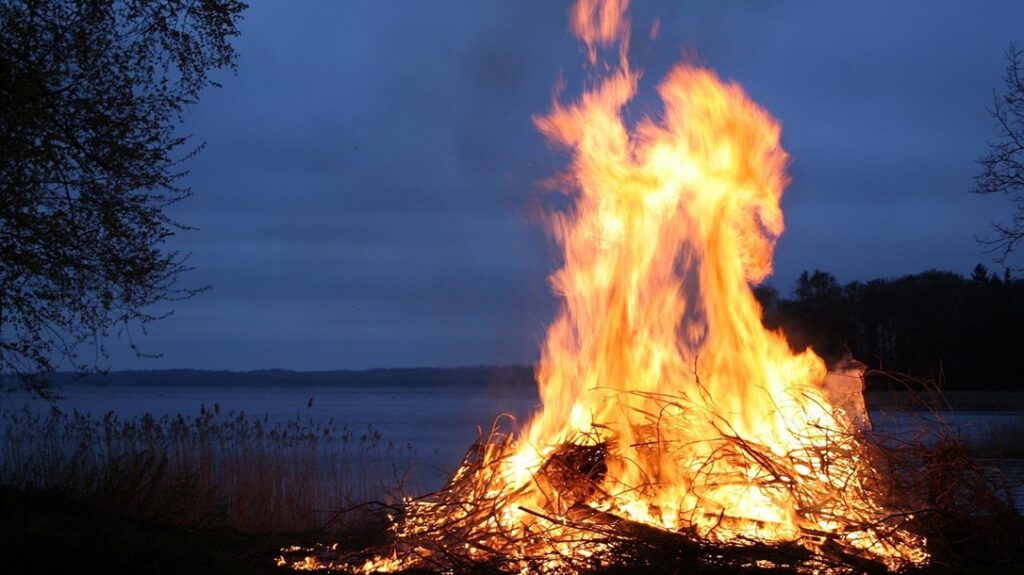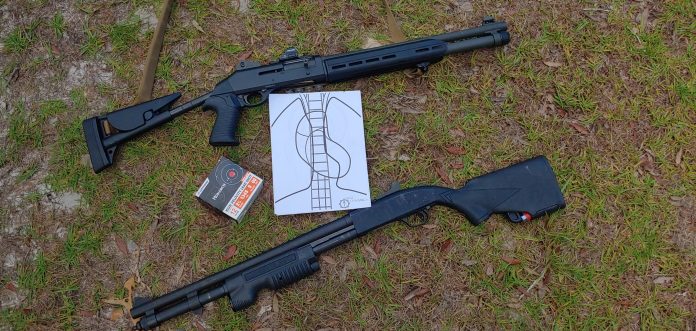Remember doing fire drills in school? Most of us probably didn’t take them too seriously, given that we were just kids, but those practice evacuations had multiple purposes. They taught us what to do and where to go if the fire alarm went off. This meant we wouldn’t have to think it through, should there be a real fire. That, in turn, reduces the potential for panic.
Those drills also tested how well the established plans worked. They were dry runs so the folks in charge could iron out wrinkles and watch for problems.
Making Drills Part of Your Emergency Plans
Evacuation drills aren’t just for schools, either. Rick Rescorla was a British-American who served in the U.S. military during the Vietnam War. After retiring at the rank of Colonel in 1990, he entered the private security arena. As the director of security for Morgan Stanley, he conducted numerous evacuation drills at their offices at the World Trade Center in New York City.
Advertisement — Continue Reading Below
He’d anticipated that one day the towers might be attacked in some way. His insistence on those drills is credited with saving thousands of lives on September 11, 2001. Rescorla lost his own life when he ran back into the South Tower in an attempt to help others.
There are a few different emergency drills you might consider running at home on a regular basis.
Fire Drill
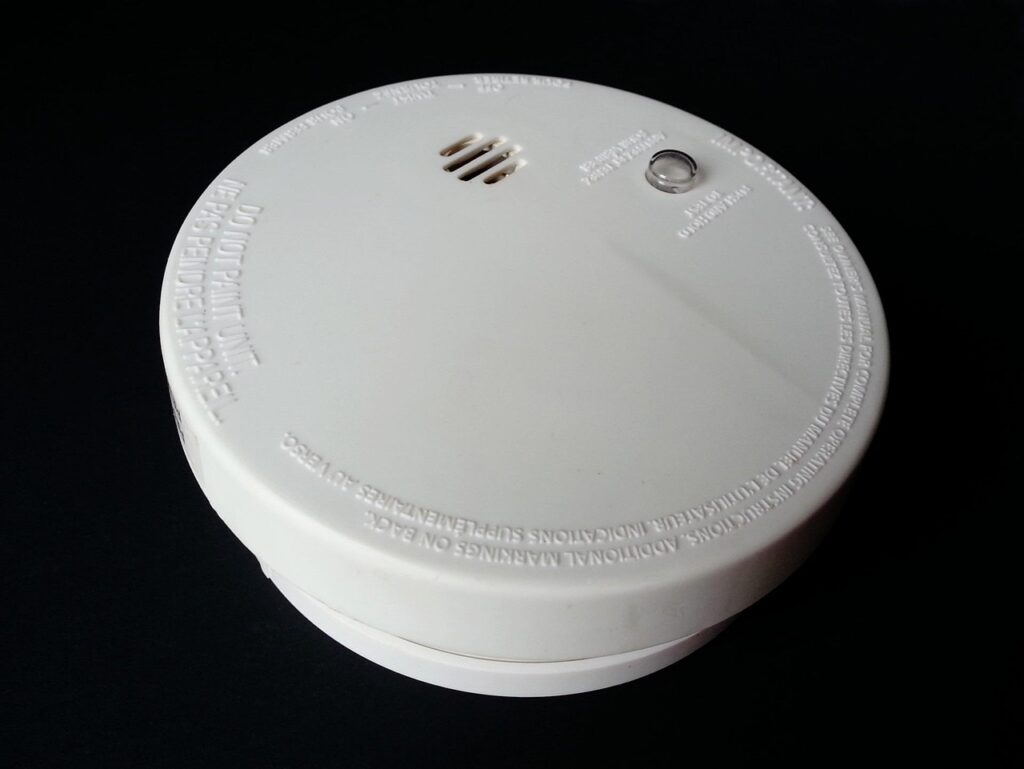
Advertisement — Continue Reading Below
Does everyone in the home know what to do if the smoke alarms go off? Each person needs to know how to get out of the house as quickly, and as safely, as possible. They need to remember to feel the doors before they open them. Get down low so you’re under most of the smoke and crawl. Practice Stop, Drop, and Roll in case their clothing catches fire.
An important element of your fire escape plan is ensuring that all family members can actually hear the smoke detectors from their bedrooms if their doors are closed, fans are running, and such. Is the alarm loud enough to wake them at night?
Once they’re out of the house, there should be a rally point where everyone gathers to make sure nobody is left behind. This could be a tree in the neighbor’s yard, for example.
Advertisement — Continue Reading Below
Run this drill at least quarterly and at different times of the day and night. Start on the easy setting and tell everyone what you’re doing ahead of time. As they gain confidence, make it less predictable.
Home Evacuation Drill
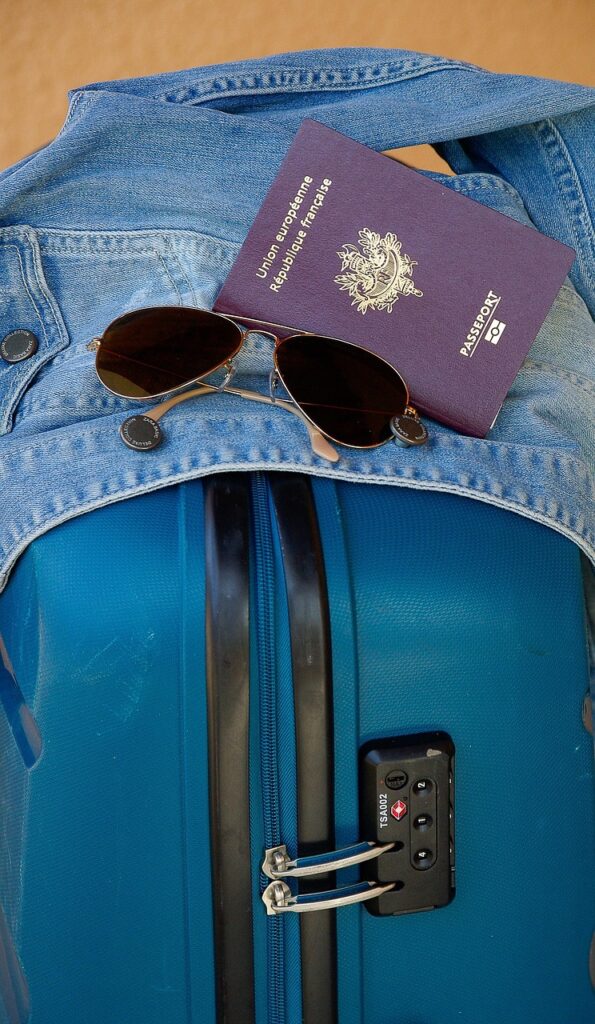
This is a step up from the fire drill, with the scenario being a disaster or emergency that’s causing you to flee the house, possibly for a few days or more. The goal is to get everyone into the family vehicle(s) as quickly as possible, while also remembering to grab the evacuation kits and other supplies you feel may be necessary.
Advertisement — Continue Reading Below
There are a few different elements to this drill. Family members need to stop whatever they’re doing immediately. If they’re using an appliance or non-portable device, it should be turned off. For example, you wouldn’t leave the stove on when you leave the house. They should locate their evacuation kit, get dressed if needed, and head out to the driveway.
All of this needs to happen quickly, with younger family members getting assistance as needed from others. Who’s in charge of the pets? Which animals are coming along and which might have to be left behind?
Once everyone is at the vehicle, inspect the evacuation kits. See if they’re still stocked with the gear and supplies that should be there. Check to see what else everyone may have grabbed that they felt was important. You should also time these mock evacuations, with the goal always being to beat the previous drill’s time.
Advertisement — Continue Reading Below
Grid Down Drill
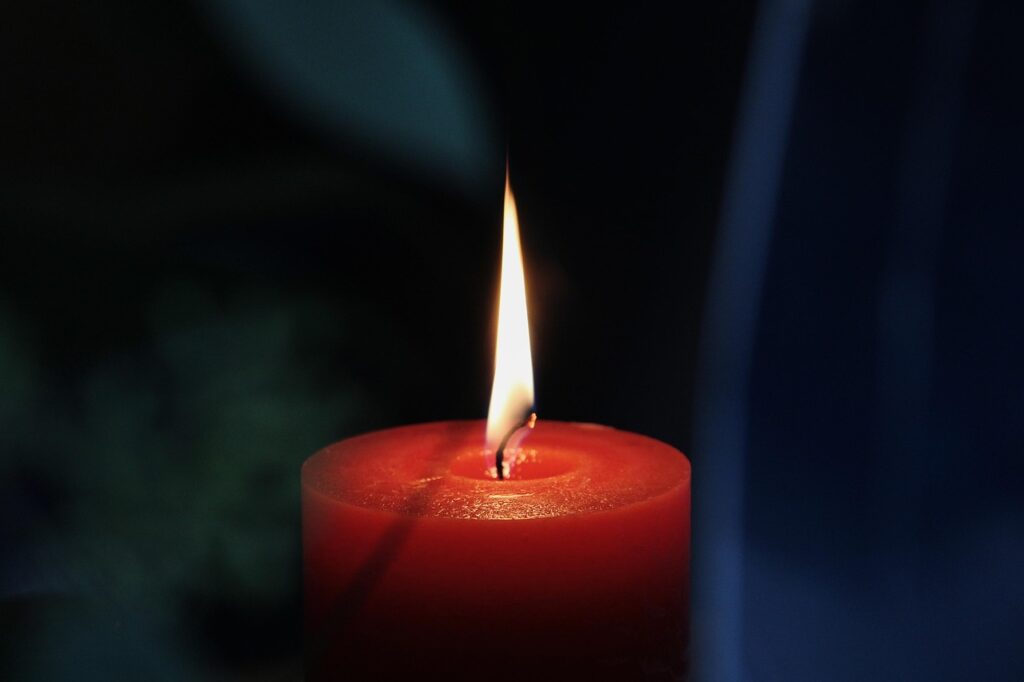
This one is a little more involved, as well as challenging, but it can also be fun if you have the right attitude. Spend 24-48 hours or more experiencing a mock power outage. Some folks suggest actually turning the power off at the breaker box, but I don’t know that you need to take it quite that far and risk having to toss out food from your fridge and freezer.
You can make this drill as strict or loose as you’d like. For example, maybe you don’t allow the use of any electronic devices of any kind. Or, maybe they’re allowed for as long as the internal batteries hold out. You could change things up from time to time and use some of your emergency power gear, like a generator or a portable power station with solar panels.
Advertisement — Continue Reading Below
Depending on your situation, you might go so far as to disallow the use of gas appliances like the water heater or gas stovetop. If it’s winter, turn down the thermostat as low as possible without risking frozen pipes. This would be a great opportunity to try making an indoor microclimate.
See how quickly family members can adjust to living off the grid for a bit. Explore different ways to prepare food and make the best use of whatever supplies you have on hand. Some of them might just find they kind of like being unplugged for a day or three.
Do a quick recap after each drill, highlighting what went well and where things could improve. Remember that a big point to doing these drills is to find what works and what doesn’t, so you can adjust and adapt your plans as necessary.
Advertisement — Continue Reading Below
